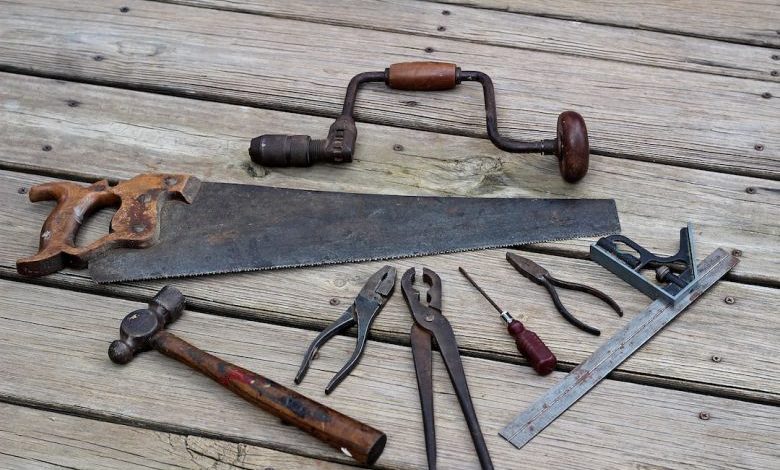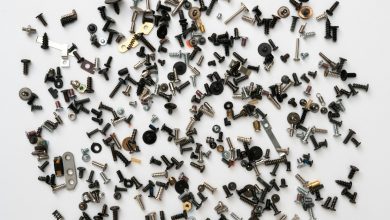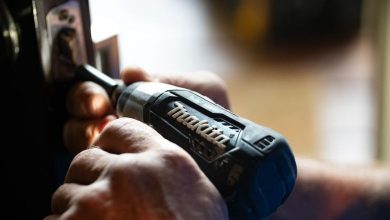Breaking down the Uses of Different Types of Pliers

Pliers are versatile tools that come in various shapes and sizes, each with its own specific uses. From repairing electronics to working on automotive projects, pliers are essential for any handyman or DIY enthusiast. In this article, we will break down the uses of different types of pliers, helping you understand which one to use for your specific needs.
Needle-Nose Pliers: Perfect for Precision Work
If you’re working on delicate tasks that require precision and control, needle-nose pliers are your go-to tool. With their long, slender jaws, these pliers enable you to reach into tight spaces and grip small objects with ease. They are commonly used in jewelry making, electronics repair, and even in the field of dentistry. Needle-nose pliers are also handy for bending wires and holding small components securely in place.
Diagonal Cutting Pliers: Cutting with Precision
When it comes to cutting wires, zip ties, or other materials, diagonal cutting pliers are the tool of choice. Their sharp and angled jaws allow for precise and clean cuts. These pliers are commonly used by electricians and technicians for cutting electrical wires or removing excess material from cables. Their design also makes them useful for cutting nails or small bolts in tight spaces.
Slip-Joint Pliers: Versatile and Adjustable
Slip-joint pliers are perhaps the most common type of pliers found in any toolbox. They feature an adjustable pivot point that allows you to adjust the width of the jaws, making them versatile and adaptable to various tasks. With slip-joint pliers, you can grip objects of different sizes and shapes, making them ideal for general tasks such as gripping, twisting, and bending. They are commonly used in plumbing, automotive repairs, and household tasks.
Locking Pliers: Clamping and Holding
If you need a tool that can grip and hold objects firmly in place, locking pliers are your best bet. These pliers feature a locking mechanism that allows them to stay clamped on an object without requiring continuous pressure from your hand. This feature makes them ideal for holding, tightening, or even removing stubborn nuts and bolts. Locking pliers come in various styles, including curved jaw, straight jaw, and needle-nose, providing you with options for different gripping needs.
Tongue and Groove Pliers: For Heavy-Duty Tasks
When you need a tool that can handle heavy-duty tasks, tongue and groove pliers are the way to go. These pliers have an adjustable jaw capacity that allows you to grip large objects securely. They are commonly used in plumbing and automotive repairs, as well as for tasks that require a firm grip, such as removing rusted bolts or loosening tight fittings. The long handles and strong jaws of tongue and groove pliers provide excellent leverage, making them essential for tackling challenging tasks.
Conclusion: Choosing the Right Tool for the Job
Having a good set of pliers in your toolbox is essential for any DIY project or repair job. Each type of pliers serves a specific purpose, allowing you to work with precision, cut with accuracy, grip firmly, or handle heavy-duty tasks. By understanding the uses of different types of pliers, you can choose the right tool for the job and ensure efficient and successful results in your DIY endeavors. So, next time you reach for a pair of pliers, consider which one will best suit your needs and get the job done effectively.




